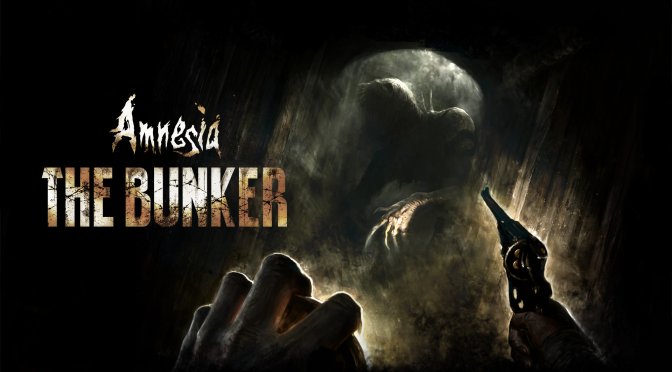Frictional Games has just released Amnesia: The Bunker on PC via Steam. The team has provided us with a review key, so we’ve decided to test the game on the RTX 4090 and see whether NVIDIA’s latest GPU can run it at 8K.
In order to capture the following gameplay footage, we used an AMD Ryzen 9 7950X3D, 32GB of DDR5 at 6000Mhz, and NVIDIA’s Founders Edition RTX 4090. We also used Windows 10 64-bit and the GeForce 535.98 driver. Moreover, we’ve disabled SMT and the second CCD on our 7950X3D.
Amnesia: The Bunker uses OpenGL and from the looks of it, there is a driver issue when setting the in-game resolution to 8K. For whatever reason, the game was running with 10fps, with the GPU being underused (and our VRAM only hitting 5-8GB). This is definitely a driver issue. So, in order to render the game at 8K, we had to set the in-game resolution at 4K and then set the resolution scale to 200%. By doing this, we were able to get a crisp 8K-quality image.
So, at 8K, the NVIDIA GeForce RTX 4090 had no trouble running the game. By default, Amnesia: The Bunker is locked at 60fps. And, as you can see, our GPU usage was averaging between 70-80%.
Unfortunately, the game’s prologue does not look that great. Amnesia: The Bunker feels washed out, and its environments are nowhere close to what other developers have already achieved. Things get better once you enter the main bunker, but the prologue looks really rough.
Still, the great news here is that the game will run smoothly on a wide range of PC configurations. Juuuuuuuuuust don’t expect graphics that will blow you away.
Enjoy!

John is the founder and Editor in Chief at DSOGaming. He is a PC gaming fan and highly supports the modding and indie communities. Before creating DSOGaming, John worked on numerous gaming websites. While he is a die-hard PC gamer, his gaming roots can be found on consoles. John loved – and still does – the 16-bit consoles, and considers SNES to be one of the best consoles. Still, the PC platform won him over consoles. That was mainly due to 3DFX and its iconic dedicated 3D accelerator graphics card, Voodoo 2. John has also written a higher degree thesis on the “The Evolution of PC graphics cards.”
Contact: Email

